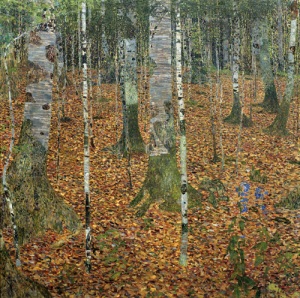On Friday I gave my final class of the academic year. I must say I am completely drained – this has been a very busy time. I need something to cheer myself up. Thinking about beautiful plants will do. My favourite flower is without a doubt the iris, named for its beautiful colours (Iris was the name of the rainbow goddess in the Graeco-Roman world). Not only do I like the plant, I also love the name. In fact, had Toddler G been a girl, I would have liked ‘Iris’ as one of his names. P, for his part, was not that keen: he found the name old-fashioned. What can be old-fashioned about naming your child after a most delightful flower and its rainbow colours? I ask you.
I believe it is no coincidence Dioscorides (first century CE) started his herbal – the most famous herbal of antiquity – with the iris. Let me take you through his description
The Illyrian iris has leaves similar to that of cornflag, but bigger, wider and fleshier. It carries flowers side by side on the stalk; they are bent and varied in colour. For they are white, yellow, dark, purple or bluish-grey; it is because of its varied colours that it is compared to the rainbow (Iris) in the sky. The roots underground are knotty, strong, sweet smelling; when they are cut one must dry them in the shade and store them with a linen thread through them.
This is the description proper of the plant. Scholars often criticize ancient plant descriptions: they are vague and they rely on comparison rather than on specialised vocabulary. I find this criticism unjustified. Yes comparisons are frequent, and yes the technical vocabulary is relatively limited, but one soon realises that the ancients do not compare willy-nilly. In fact, they choose their comparing points very carefully, so that the description will be understood by the largest possible audience.
The best iris is the Illyrian one and the Macedonian, and the best of these has a thick root, it is short, hard to break, it is somewhat yellow in colour, it is particularly sweet-smelling and it is fierier to the taste than to the smell. When pure and not mixed with water, it causes sneezing when pounded. The second best in quality is the Lybian. It is white in colour and bitter to the taste. When they grow old they are worm-eaten, but they smell even sweeter.
The ancient Greeks and Romans often named varieties of plants after the place where they were first observed or where they grew most plentiful, as here with the Illyrian (modern Albania), Macedonian and Libyan irises. But not all plants thus geographically named were imported into Rome, Athens or Alexandria in dried state. Sometimes the ancients were successful at transplanting plants from their native environment to another part of the world. The geographical attribution then just became a way to designate a particular species. It should be noted, however, that some species of irises have a distribution that is limited to the Balkans. Not surprisingly, one of these species (or sub-species) is called the Iris Illyrica in the Linnaean classification.
After specifying the different types of irises he knew, Dioscorides turned to their medicinal properties. These were rather numerous, ranging from the cure of headache to that of early ejaculation. Particularly noteworthy for my state of depletion is the use of iris as a soporific – not that I really need one; I can hardly keep my eyes open.




Pingback: The birth of roses | concoctinghistory
Pingback: A yellow flag for peace | concoctinghistory